6 Landscape Photography Tips to Help You Shoot Better Nature Photos on Earth Day
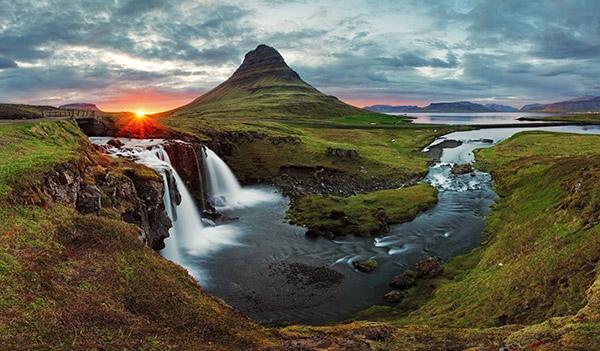
The earth has many wonders and one of the greatest pleasures can be capturing the beauty. From beaches to mountains, desert to forests, people love taking and looking at nature shots.
While it might seem like landscapes are easy to photograph, since there’s so much to work with, the reality is that it takes some major skill to capture nature in all its glory. We’ve all taken a photo of a breath-taking scene and been bummed to find that the beauty doesn’t transfer on screen.
In celebration of Earth Day, here are 6 tips from Dreamstime on how to take the best nature and landscape photos.
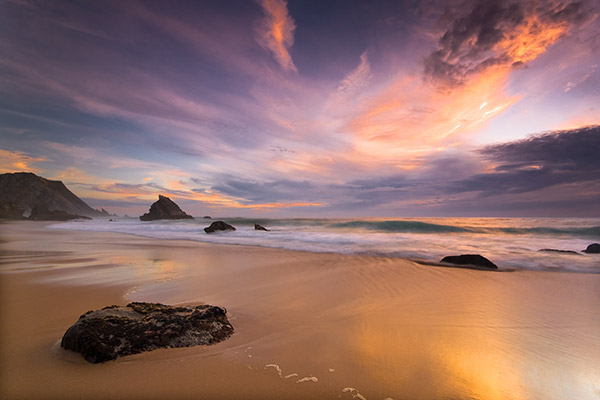
1. Choose time of day carefully
Photography is all about the light. The right lighting can elevate an image to the sublime. On the flip side, bad or harsh lighting can fail to do even the most beautiful scenes justice. The best hours for taking photos are known as the “blue” and “golden” hours. Blue hours are the hours just before sunrise or just after sunset, while the golden hours are shortly after sunrise or before sunset. The times surrounding sunrise and sunset produce a beautiful soft light that can bathe everything in a gentle glow. There are few situations when shooting in the middle of the day yields a good result, so set your alarm for early.
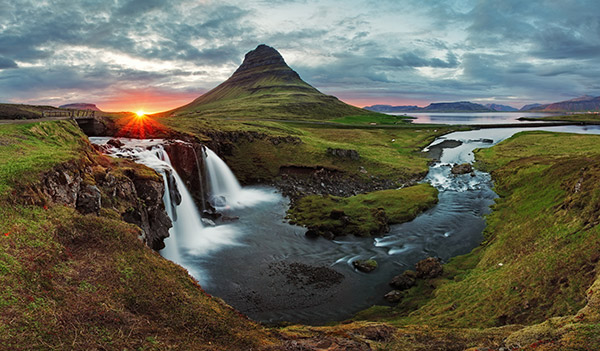
2. Try multiple locations
One key part of nature photography is finding the right spot for a photoshoot. Take the time to scout out a location and contemplate your options. Even when you find the “ideal” spot, don’t settle there. Move a little bit to the left and right, backwards and forwards, to get shots from slightly different viewpoints. You may capture something new or find an angle that surprises you. Small adjustments can go a long way. And don’t forget to pay attention to where you are moving, especially if you are perched somewhere high up.
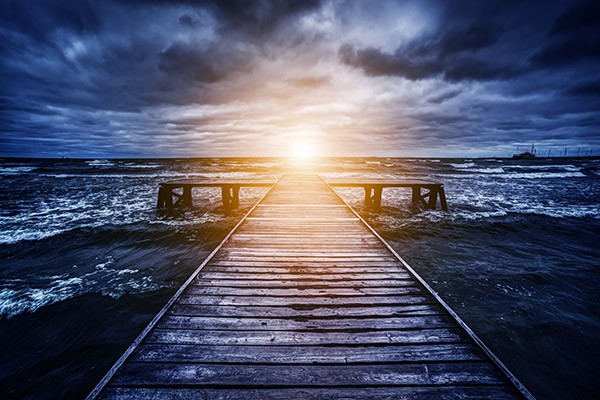
3. Mix up the variables
While there may be certain weather conditions or times of day that are generally accepted as “the best,” don’t let that limit when and where you take photos. Rainy days can be great for shooting natural landscapes. Taking photos immediately after a storm can also yield some amazing results. Experiment with taking the same view at different times of day to see what changes.

4. Compose your shots
When photographing landscapes (or anything), it is good to remember the Rule of Thirds: Divide an image in your mind into a 3x3 grid and situate important elements of the composition along these lines or intersections. This will help balance your photos. The Rule of Thirds can also be useful in deciding which elements to give greater importance. Use the elements that nature has to offer and compose your shots from that starting point—winding roads, lonely trees, a big canyon. And don’t forget to pay attention to the sky. A good pattern of clouds is always more attractive than a clear, dull sky.
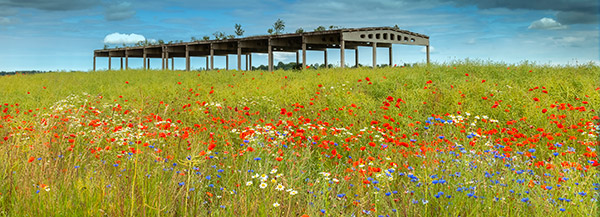
5. Think outside-the-box
Good photography is all about seeing things in new ways. Landscape photography doesn’t have to involve taking photos of unspoiled natural vistas. Think creatively about concepts and find subjects with interesting relationships to each other. For example, abandoned machinery or a factory overtaken by green overgrowth can show the progress of nature over polluting practices. Another example is an image of a soda can filled with soil that has a sapling growing in it on a city street, which illustrates the importance of recycling. The former images are about the elimination of the intrusion of pollution in natural spaces and the latter is related to the infusion of green ideas in cramped human environments. Think about how those photos might work conceptually if they are placed next to each other and what message you can use landscape to convey.
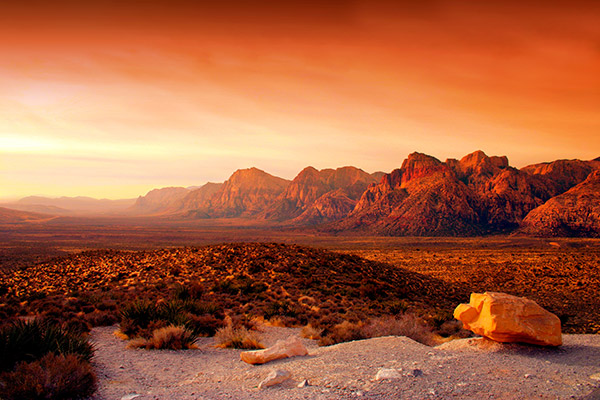
6. Edit your photos
Finally, post-process your photos. Editing is key. Of course, the most important work happens when you are actually out in the world with your camera. Processing photos can only do so much if the raw material isn’t great, but editing can take your photos from good to great and help enhance or minimize certain elements. Just make sure you don’t overdo it. Think of editing as a way to help your photos reach their full potential.
- Log in or register to post comments














































